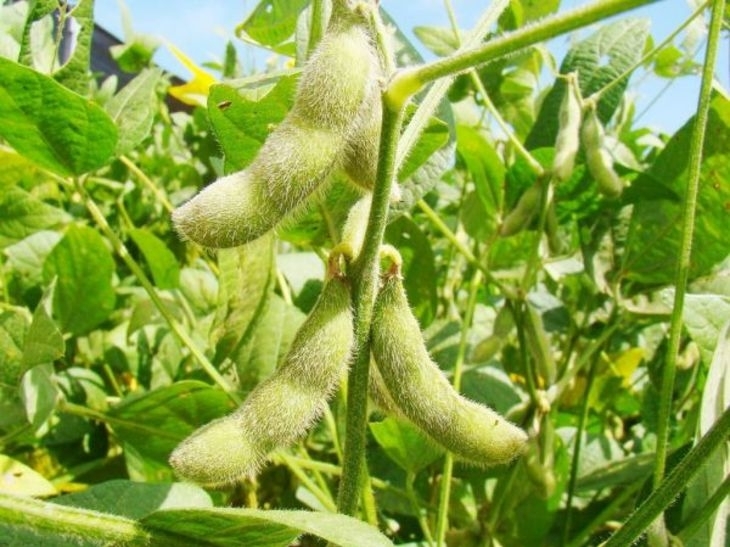In 2025/26 MY, global soybean consumption will reach a record 430 million tons

Increasing demand for meat and feed proteins is stimulating the soybean market. According to estimates by the International Grains Council (IGC), global soybean consumption will reach a record 430 million tons in the 2025/26 MY, reports the German Oil and Protein Crops Promotion Union (UFOP).
The growth in consumption is driven by increased demand for meat and, consequently, high-protein animal feed, especially in Asia's rapidly growing food production sector.
Despite good harvests, the supply of soybeans on the world market remains limited, and consumption is growing faster than production, which has led to a reduction in stocks for the first time in several years.
IGC experts predict global soybean production at 428 million tons, including:
- in the USA – 116 million tons, which will be 3% lower than the previous season due to adverse weather and delayed harvest,
- in Brazil – from 47 million hectares (which is 4 times the sown area in Germany) a record 177 million tons of soybeans will be harvested, which will strengthen the country's position as a major exporter,
- in Argentina - production will decrease to 48.5 million tons, as some farmers switched to growing corn and sunflowers.
Global soybean trade remains dynamic, with its volume set to reach 187 million tonnes, 3 million tonnes higher than last year.
- Brazil will remain the export leader, shipping 113 million tons of soybeans.
- The largest consumer will be China, which imports 113 million tons from South America.
- The US will reduce soybean exports by 10% to 45 million tons due to the government's trade policy and reduced supplies to China.
According to the Agrarmarkt Informations-Gesellschaft, global ending soybean stocks will be 120 million tonnes, 3.5 million tonnes lower than the previous season. South America will see the largest decline in stocks due to active late-season exports.


